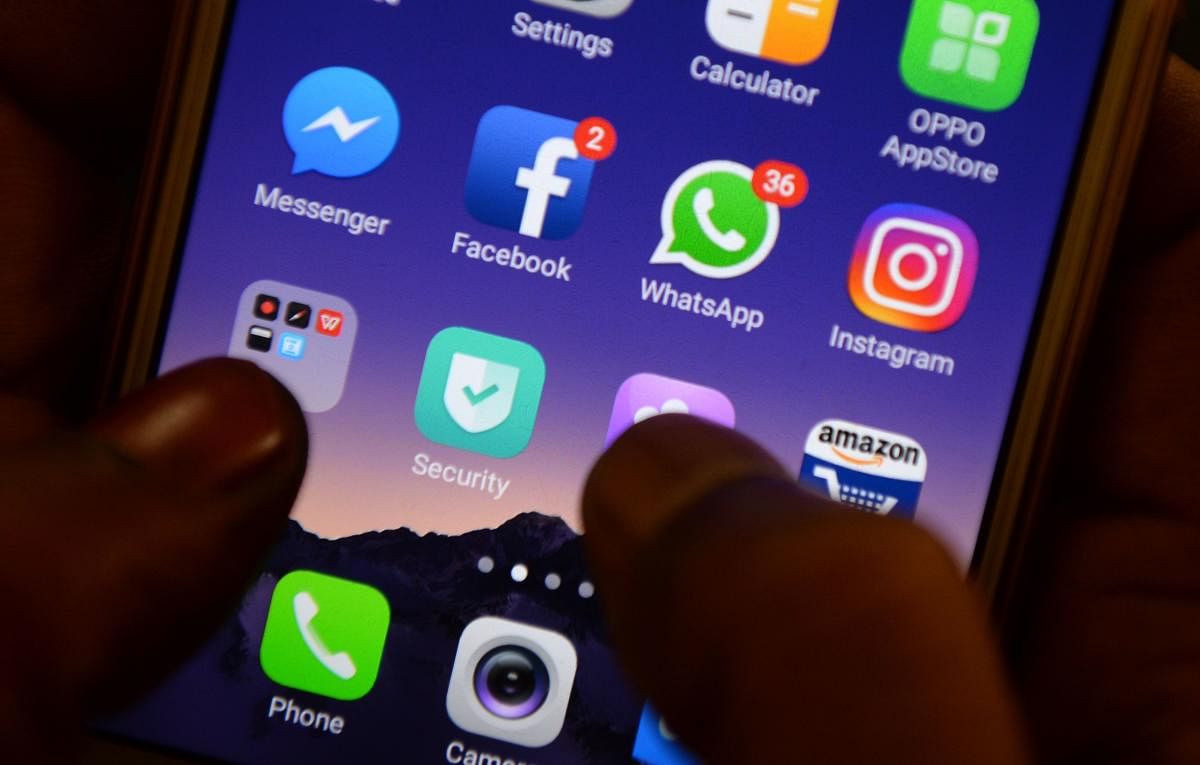
The problem of fake news is as old as the hills, but the ubiquitous presence of the social media is playing havoc as mischief mongers have unobstructed access to big platforms. It is a double-edged sword. Its constructive use can empower the common man, its destructive use can disembowel democracy as well as society.
Twenty-two people have been lynched in the last two months because of rumour-mongering on social media. It has naturally raised concerns about fake news being dished out with impunity. The union government has written to WhatsApp that it must ensure that its platform is not abused thus.
But the government does not have much leeway, though Section 69 added to the Information Technology Act in 2008 empowers it to intercept, monitor or decrypt any information through any computer resource. It can be done in the interest of the sovereignty or integrity of India, the security of the State, friendly relations with foreign States or public order or for preventing incitement to the commission of any cognisable offence.
All these grounds figure in Article 19(2) of the Constitution of India for curbing the right to freedom of speech. Under Section 69A of the IT (procedure and safeguards for blocking access of information by public) Rules 2009, the Centre can issue directions to block an internet site. An executive route was opened for blocking offensive sites without going to the court.
The Supreme Court upheld this section in May 2015 but clarified that reasons for blocking have to be recorded in writing, which would be subject to judicial scrutiny. The government blocked 857 porn sites in 2015 but the ban had to be revoked in 3-4 days. So far as rumour-mongering by dissemination of fake news is concerned, the government can act in the name of public order, but a whole site cannot be blocked as all messages are not fake or offensive.
The question is, how far is this hand-wringing over distortion of facts as a new phenomenon true? We find its glaring example in the Mahabharata. In the epic, the Pandavas want to eliminate Dronacharya, the commander of the Kaurava army, but they know they could not do so by fair means. They had to destroy his will to fight and live. So, the Pandavas have Bhima kill an elephant named Ashwatthama, and announce, “Ashwatthama hathau” (Ashwatthama is dead) to make Drona think that it was his son by the same name that had died.
Drona refuses to believe that his son has died and decides to check with Yudhishthira, the Dharmaraja who had never lied. Yudhishtira hesitates, but impelled by Lord Krishna, he utters the half-truth, “Yes, Aswatthama is dead. Maybe an elephant, maybe a man.” Krishna drowns out the latter part of what Yudhishtira said by blowing the conch. Drona only hears that Ashwatthama is dead. The distraught father lowers his weapons and begins to weep, when he is killed by Dhrishtadyumna on Krishna’s bidding.
This was deception, not truth. Kenopanishad defines truth as, “Amayita satyam iti” (non-deception is what truth is.) It further says, “Akautilyam wa manah kayanaam” (the non-distortion of speech, body and mind). So, the Pandavas were guilty of spreading fake news.
During the freedom struggle, too, many statements were attributed to Mahatma Gandhi though he never uttered them. Many a time, he had to issue a rebuttal when it came to his notice. Once there was plague in a village in UP, and the elders berated the villagers that it was because they did not listen to the Mahatma, who had exhorted them to wear khadi.
Era of ‘post-truth’
In fact, the whole world seems to be agitated over the dangers of fake news. Twitter has closed 70 million fake accounts that were being used for trolling and rumour-mongering. It told the US Congress how the 2016 US presidential election was sought to be influenced by Russia through fake accounts. Around 50,000 fake social media accounts are being identified and shut every day.
In April last, Facebook CEO Mark Zuckerberg admitted that upto 87 million Facebook users in Britain might have had their personal data accessed by Cambridge Analytica, a London-based political consulting company. Facebook has assured the Election Commission of India that it would appoint fact-checkers so that the site is not used for influencing elections in India.
The selection of “post-truth” as the international word of 2016 by the Oxford Dictionary spawned a fierce debate on the role of truth in building public opinion and news reporting. The dictionary defines it as “relating to or denoting circumstances in which objective facts are less influential in shaping public opinion than appeals to emotion and personal belief.” It is shocking that the dictionary selected this term because of the contentious Brexit referendum and an equally divisive US presidential election.
The advent of Donald Trump as US President has definitely befuddled many and given further fillip to the debate. He is accused of promoting falsehoods without qualms and levelling accusations without any substantiation. He is said to have written in praise of strategic falsehood and “truthful hyperbole” as a businessman. In 2017, Collins Dictionary chose ‘fake news’ as the word of 2017.
Disdain for the truth is not new. Governments of many countries have been spreading lies to fortify their own interests. People must be educated that there is no gatekeeper on social media and so its content must not be accepted at face value. It is difficult to stop dissemination of fake news, but not impossible to find out the mischief mongers and punish them severely.